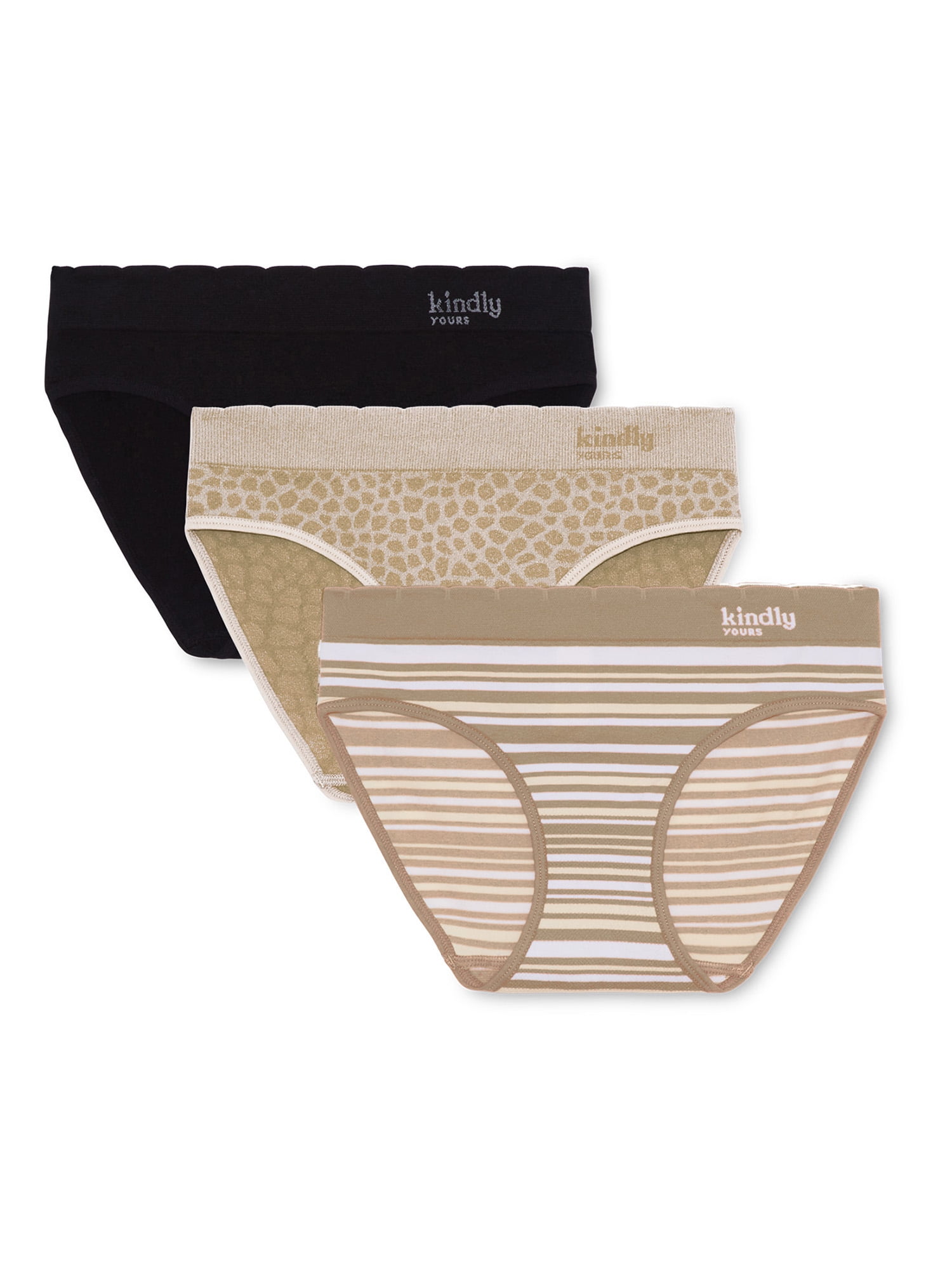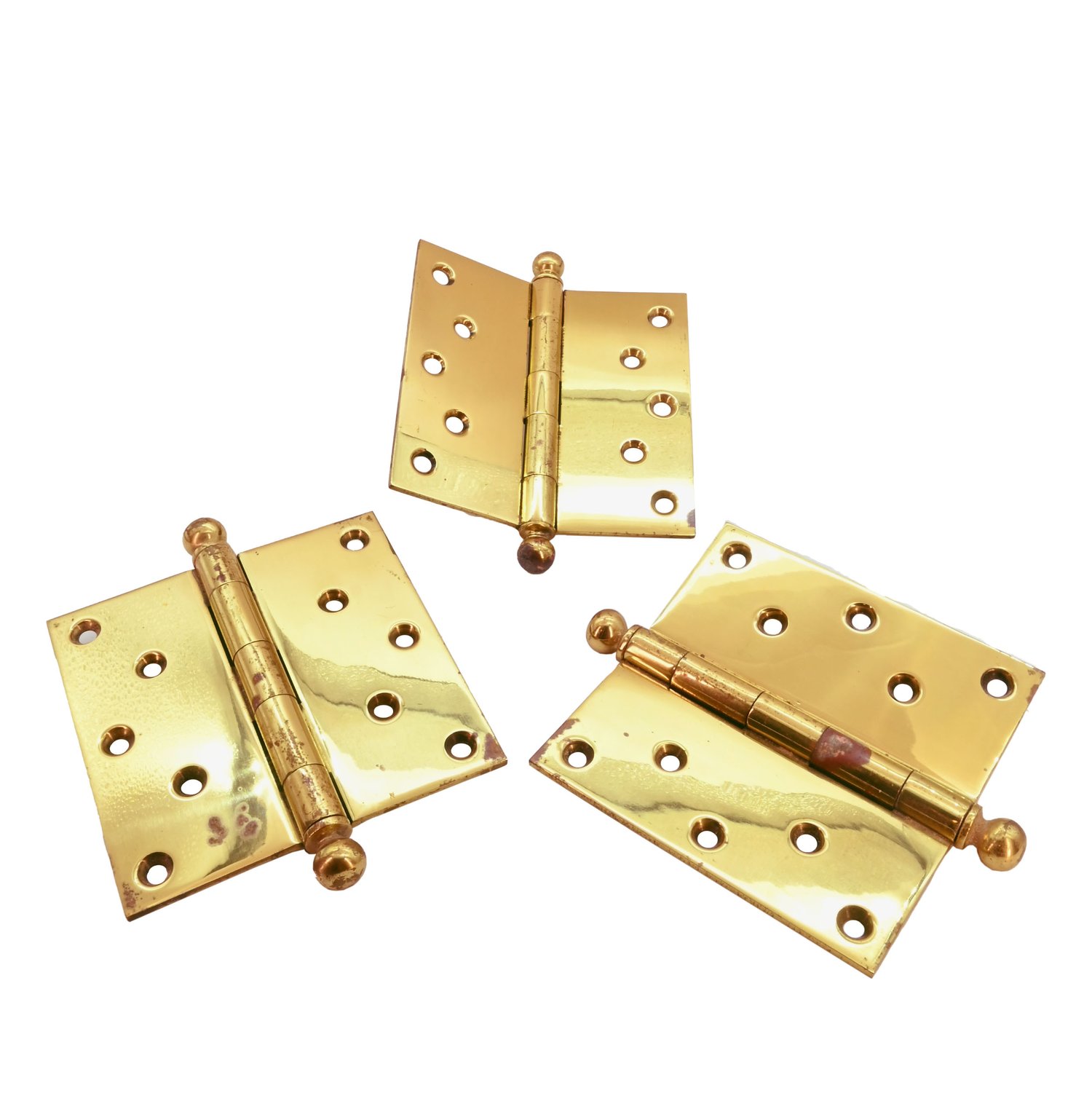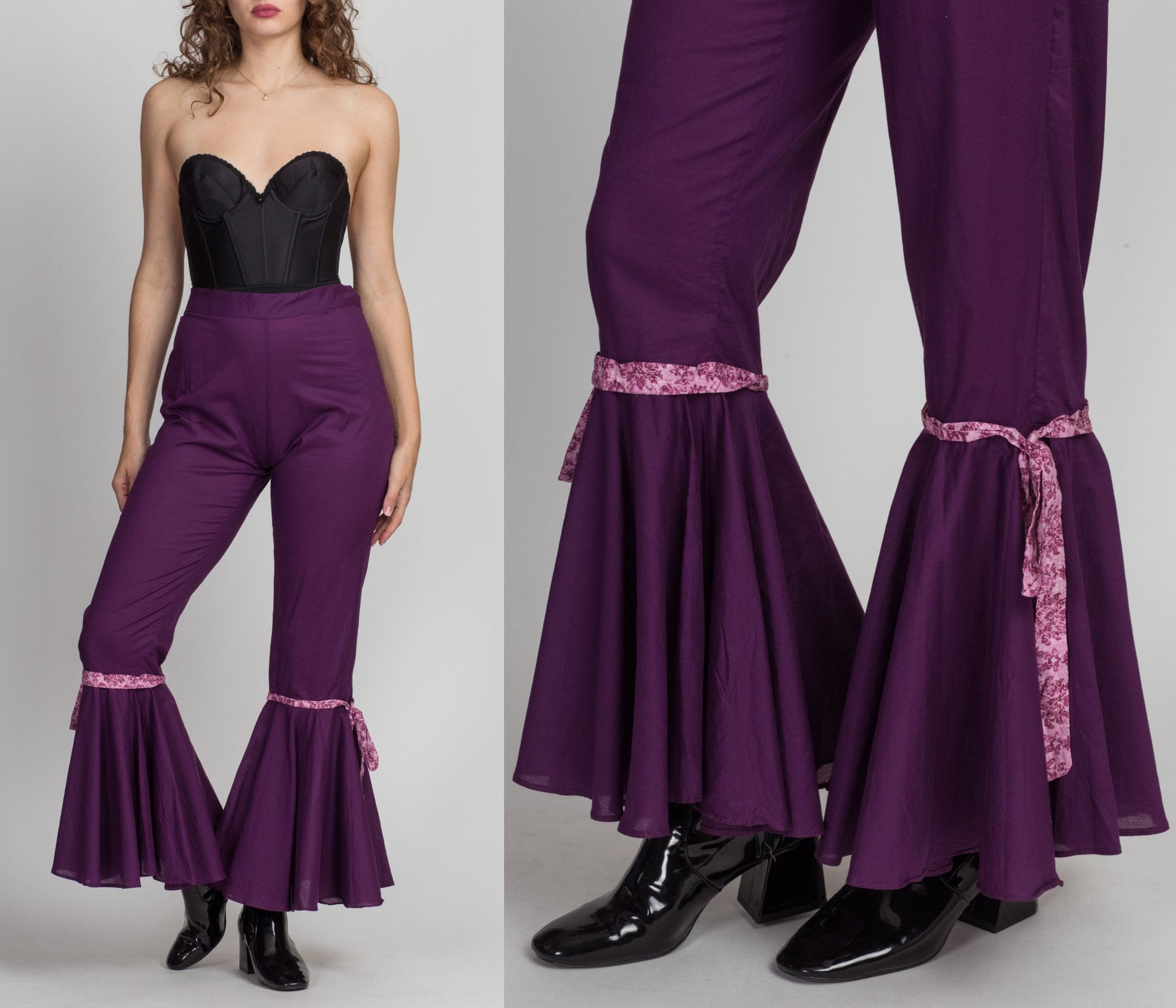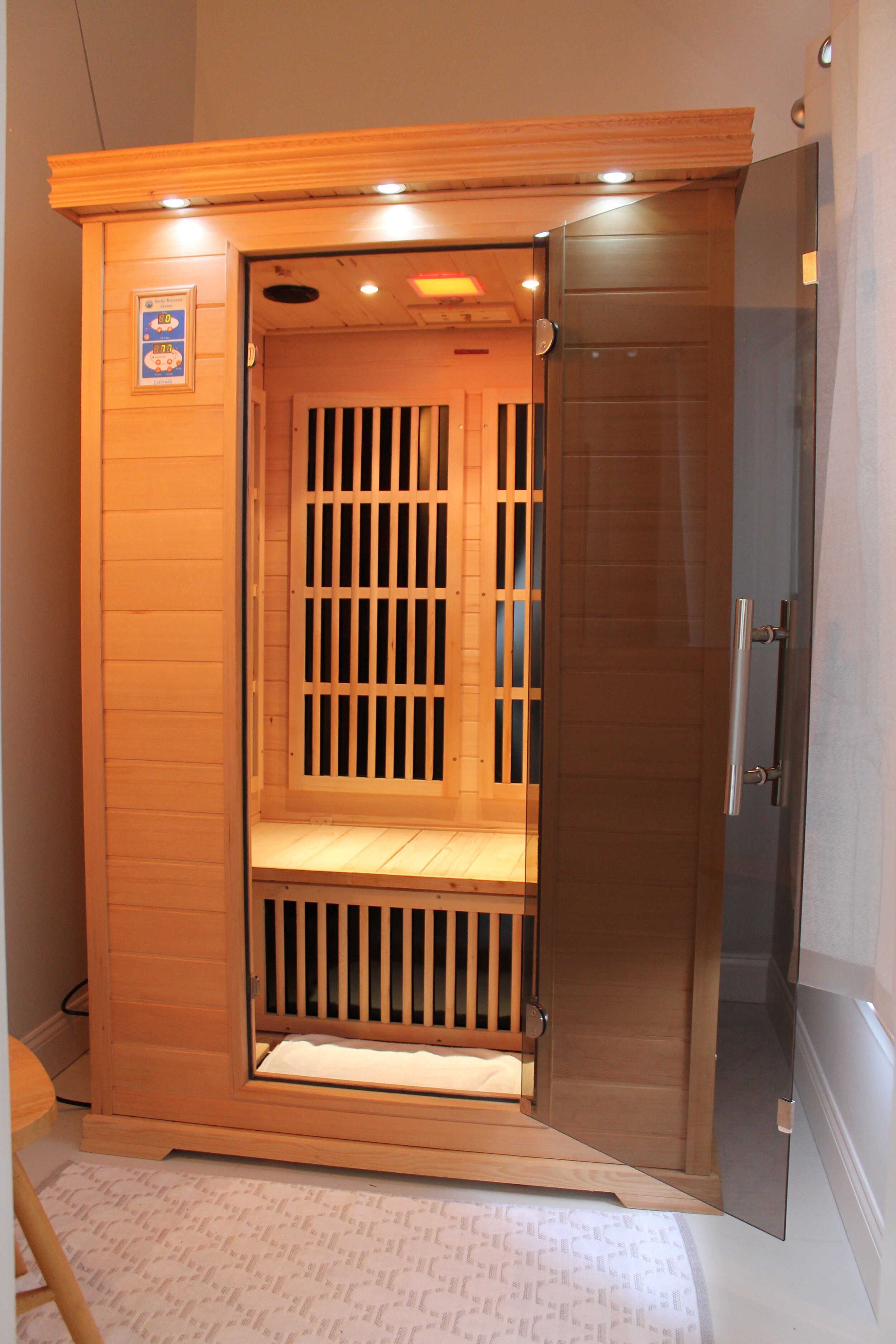Biomedicines, Free Full-Text
4.9 (722) · $ 23.00 · In stock
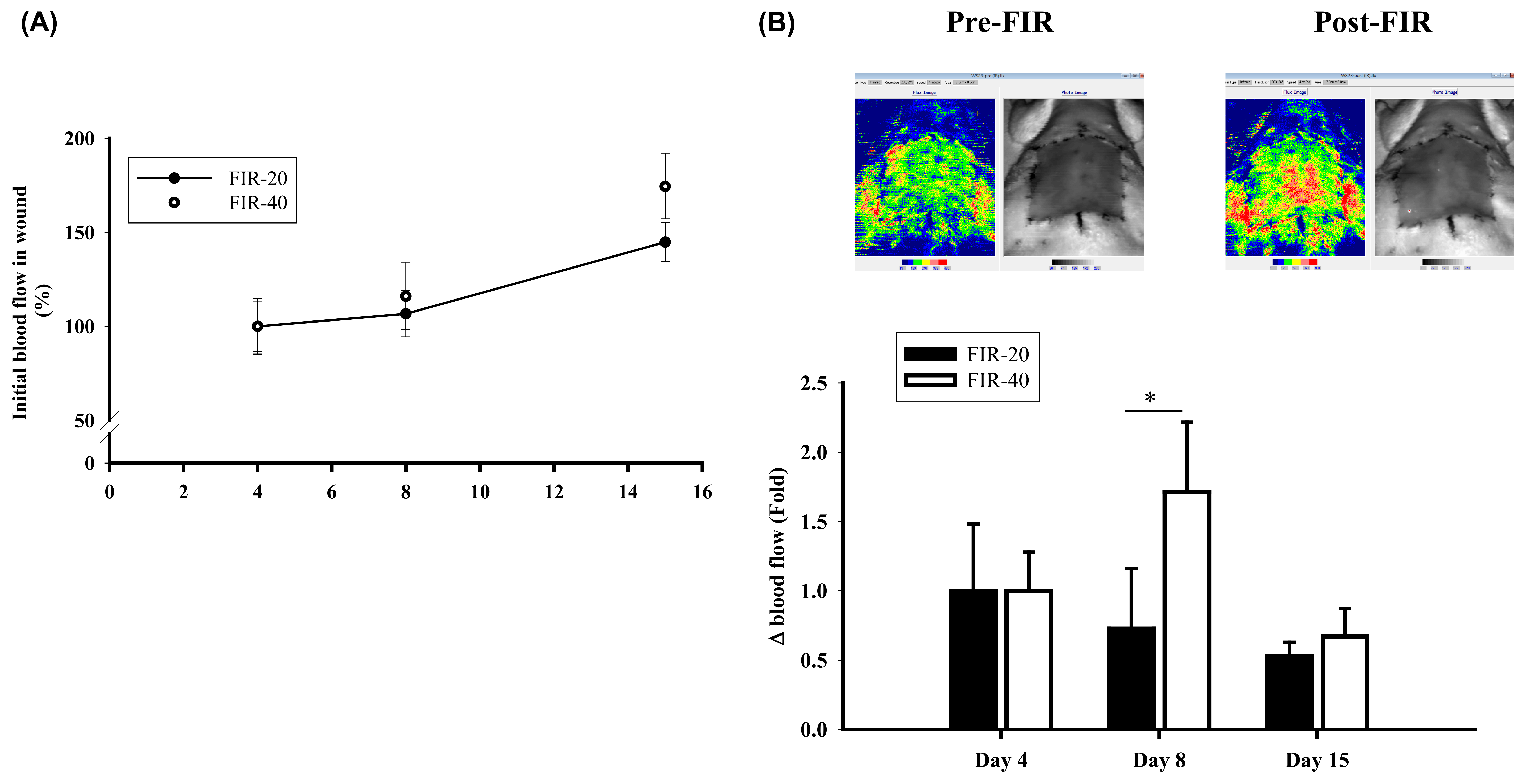
Far-infrared ray (FIR) therapy has been applied in the tissue regeneration field. Studies have revealed that FIR could enhance wound healing. However, the biological effects of FIR on diabetic wounds remain unclear. Our study aims to investigate whether FIR could accelerate diabetic wound healing and analyze the biomechanisms. A dorsal skin defect (area, 6 × 5 cm2) in a streptozotocin (STZ)-induced diabetes rodent model was designed. Thirty-two male Wistar rats were divided into 4 groups (n = 8 each subgroup). Group 1 consisted of sham, non-diabetic control; group 2, diabetic control without treatment; group 3, diabetic rats received 20 min FIR (FIR-20, 20 min per session, triplicate/weekly for 4 weeks) and group 4, diabetic rats received 40 min FIR (FIR-40, 40 min per session, triplicate in one week for 4 weeks). The wound healing was assessed clinically. Skin blood flow was measured by laser Doppler. The vascular endothelial growth factor (VEGF), 8-hydroxy-2-deoxyguanosine (8-OHdG), eNOS, and Ki-67, were analyzed with immunohistochemical (IHC) staining. Laser Doppler flowmetry analysis of the blood flow of wounding area revealed the blood flow was higher in diabetic rats who received 40 min FIR (FIR-40) as compared to that in FIR-20 group. The wounding area was significantly reduced in the FIR-40 group than in the diabetic control groups. Histological findings of peri-wounding tissue revealed a significant increase in the neo-vessels in the FIR-treated groups as compared to the controls. IHC staining of periwounding biopsy tissue showed significant increases in angiogenesis expressions (VEGF, eNOS, and EGF), cell proliferation (Ki-67), and suppressed inflammatory response and oxygen radicles (CD45, 8-OHdG) expressions in the FIR-treated groups as compared to that in controls. Treatment with the optimal dosage of FIR significantly facilitated diabetic wound healing and associated with suppressed pro-inflammatory response and increased neovascularization and tissue regeneration.

Host responses to mucosal biofilms in the lung and gut - Mucosal Immunology

About - PubMed
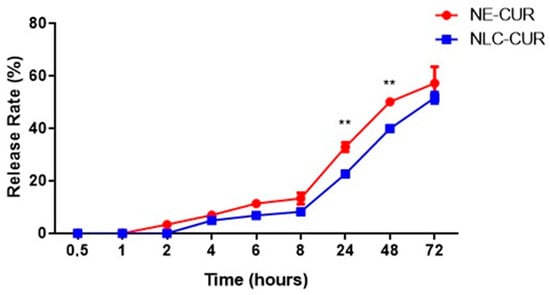
Biomedicines, Free Full-Text, kelly godoy coelho

Biomedicines An Open Access Journal from MDPI
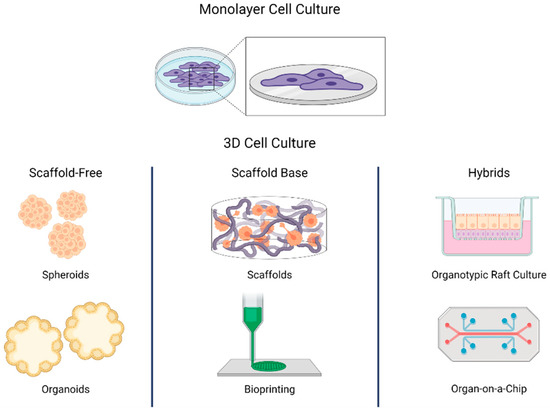
Biomedicines, Free Full-Text
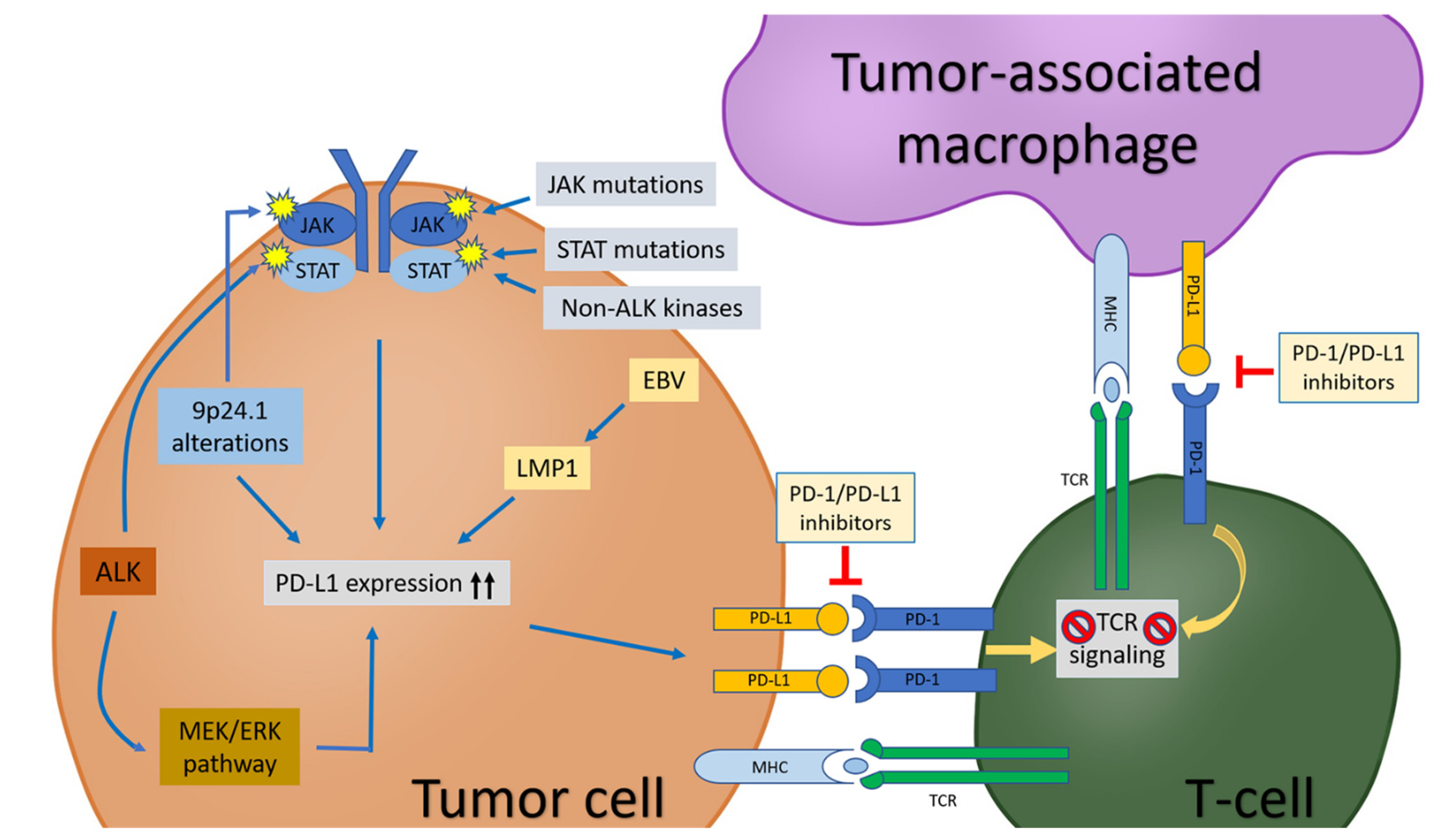
Biomedicines, Free Full-Text, retina
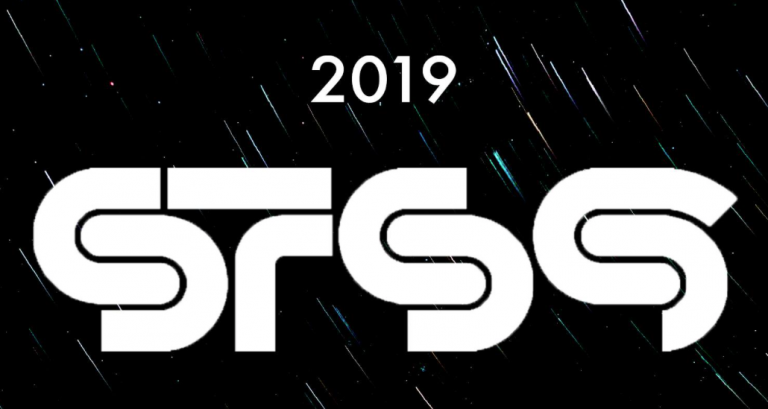
Shop Only Authentic 78,705 Sharp Rocks Images, Stock Photos, 3D objects, & Vectors, sharp rock
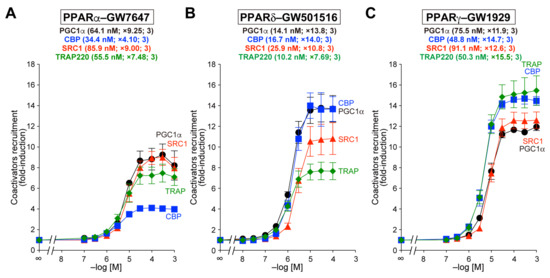
Biomedicines, Free Full-Text
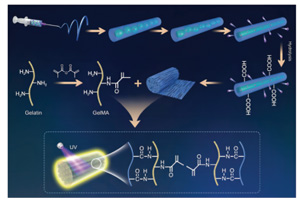
Journal of Biomedical Nanotechnology

Study Biomedicine or Biomedical Sciences: All you need to know
